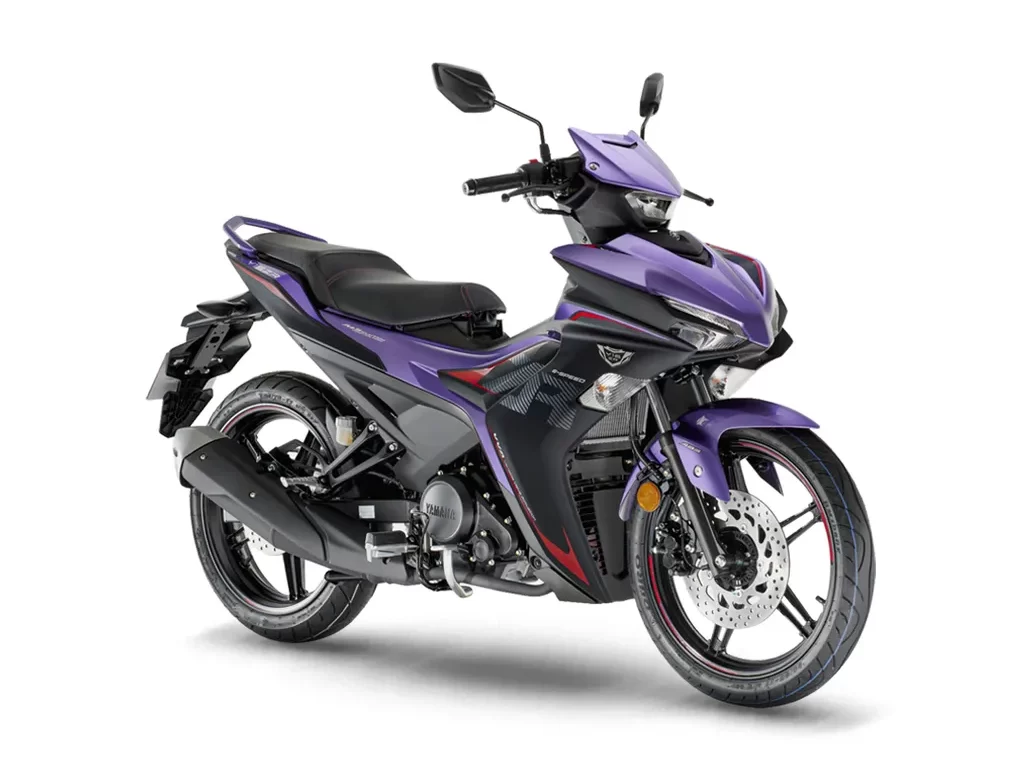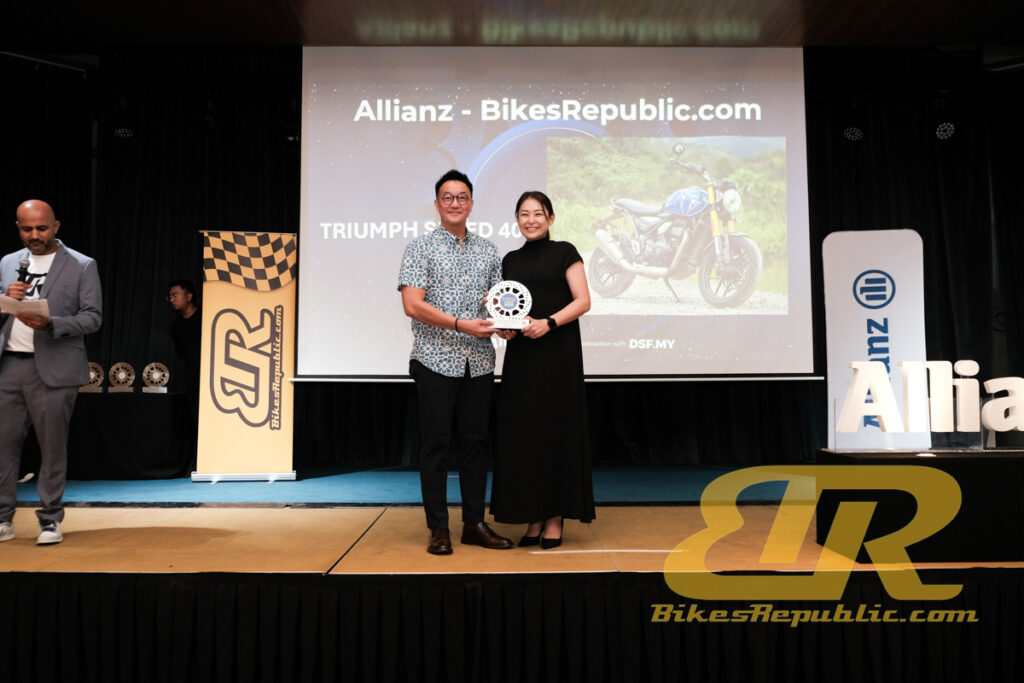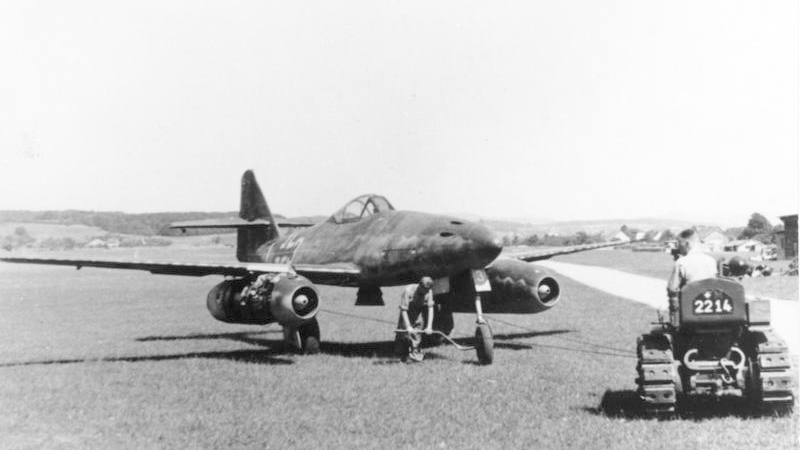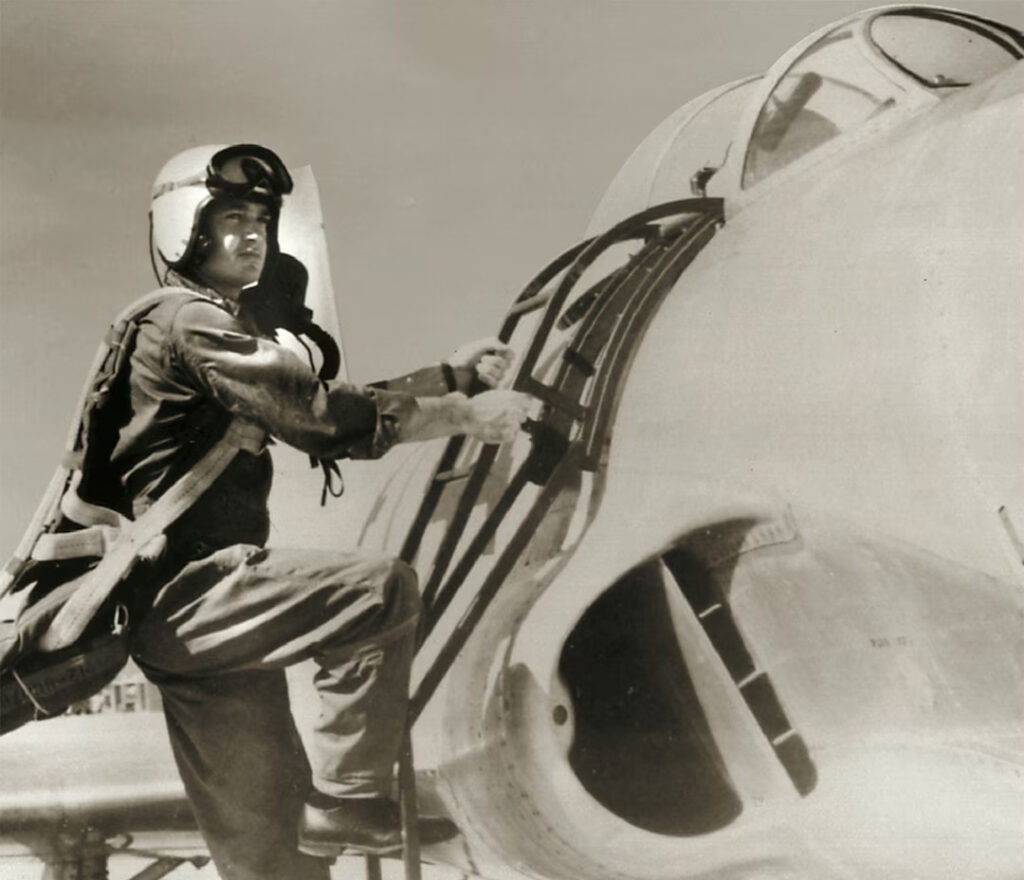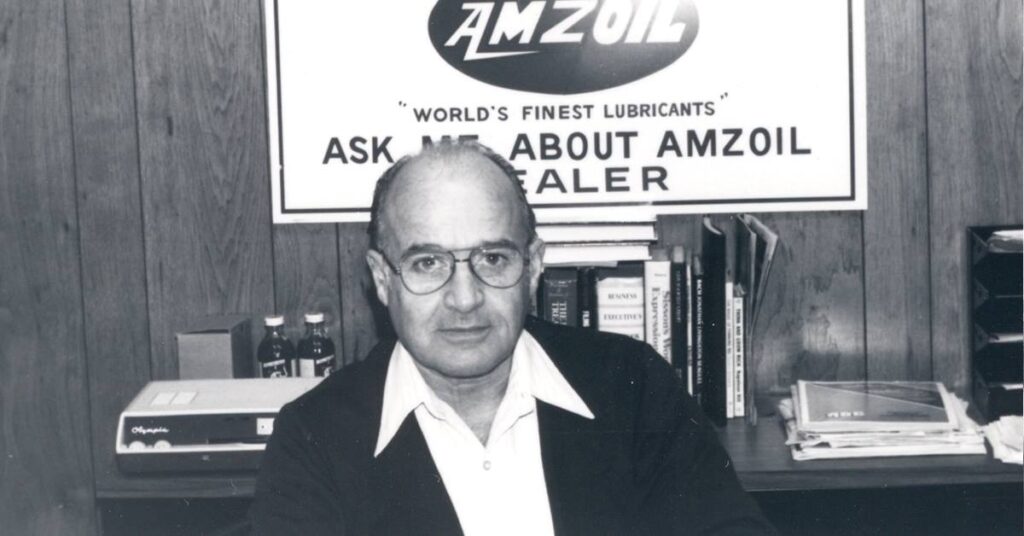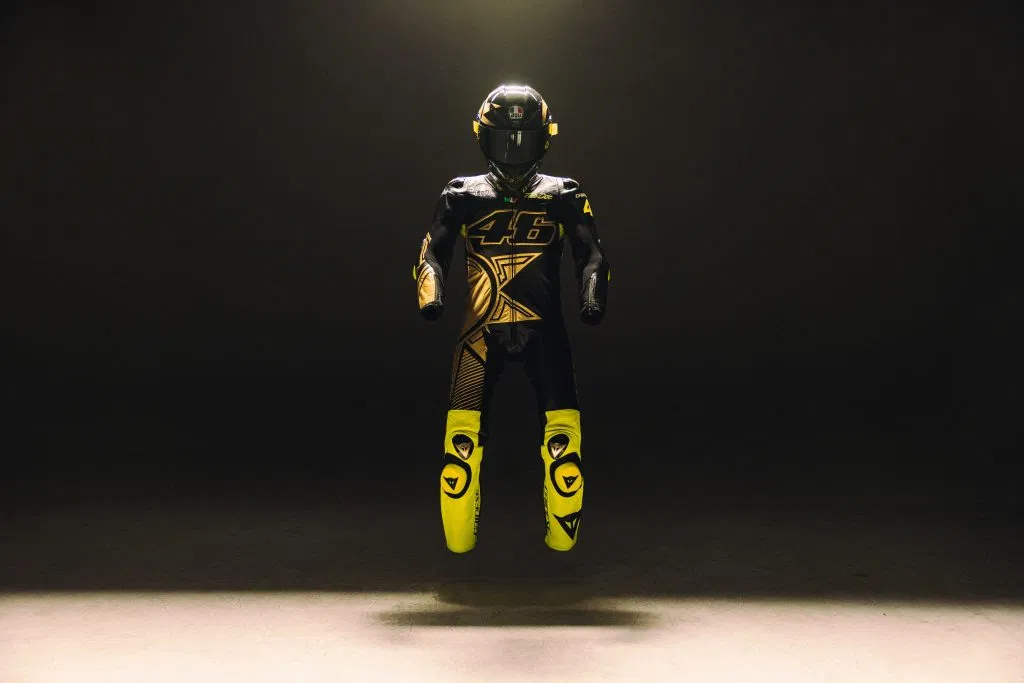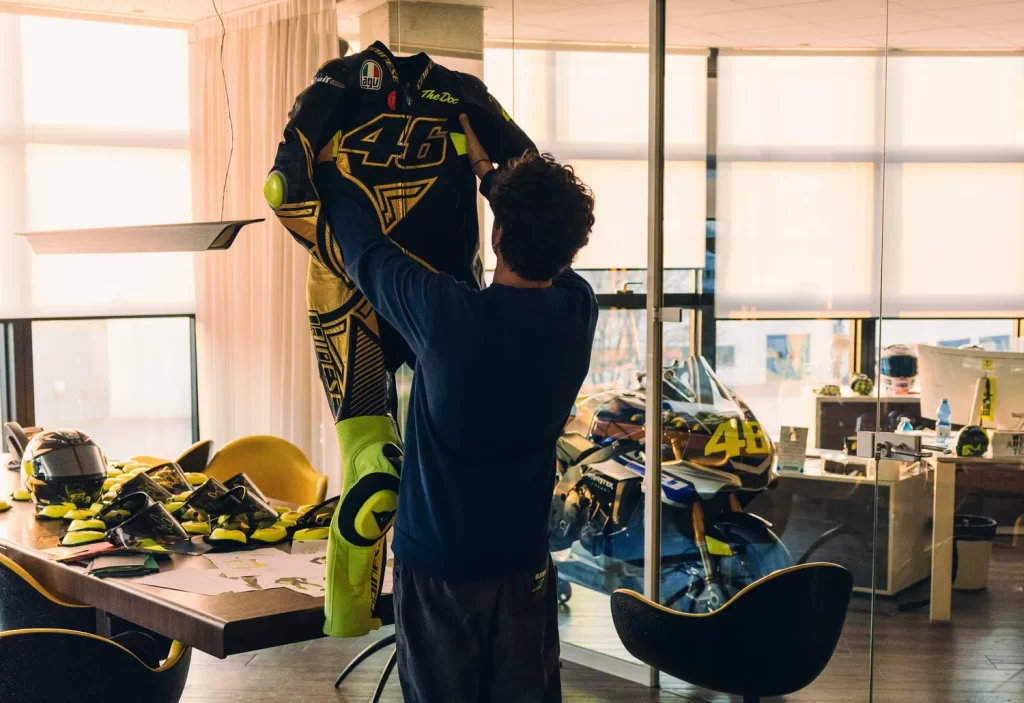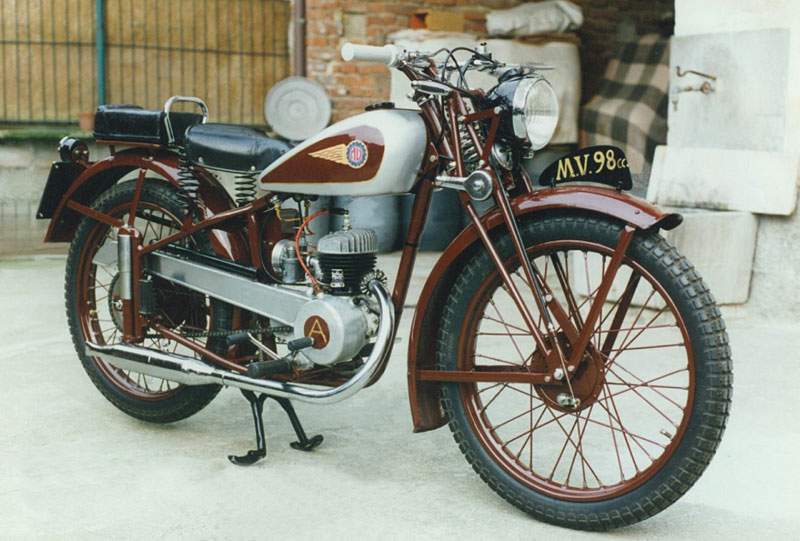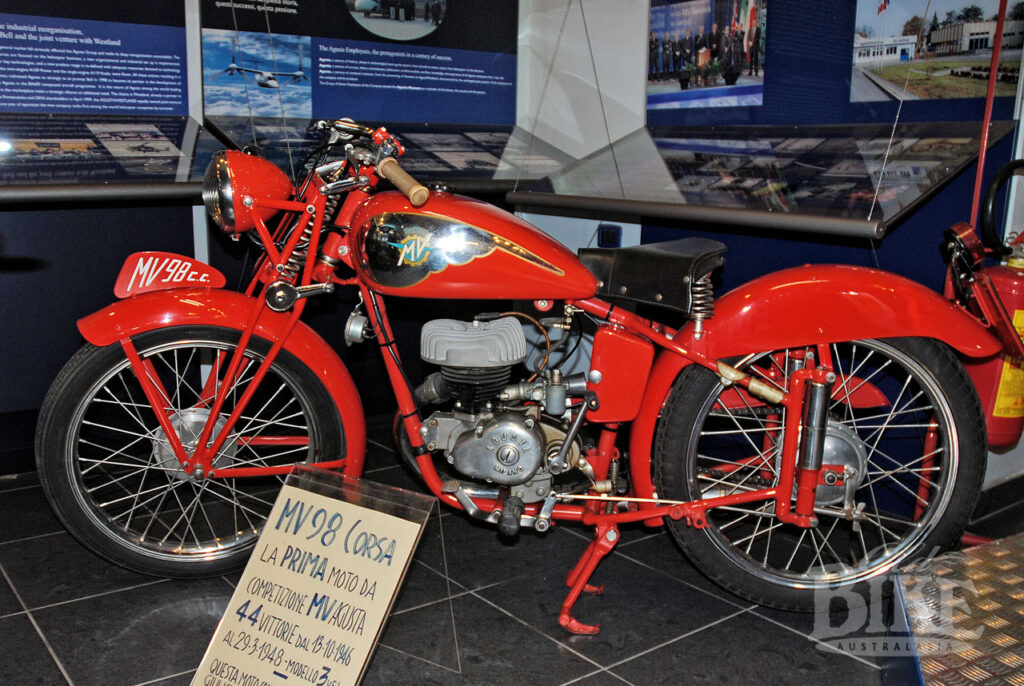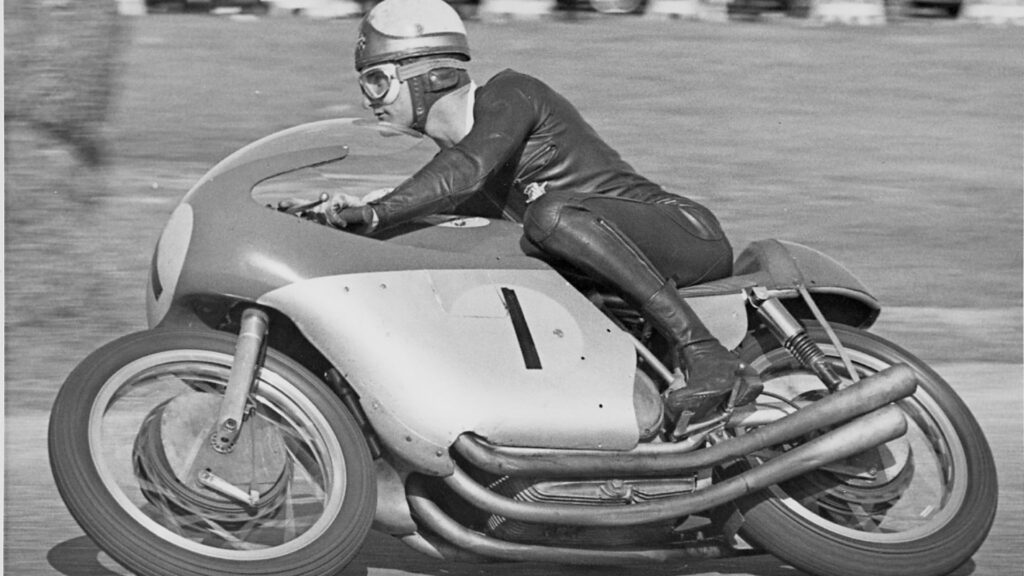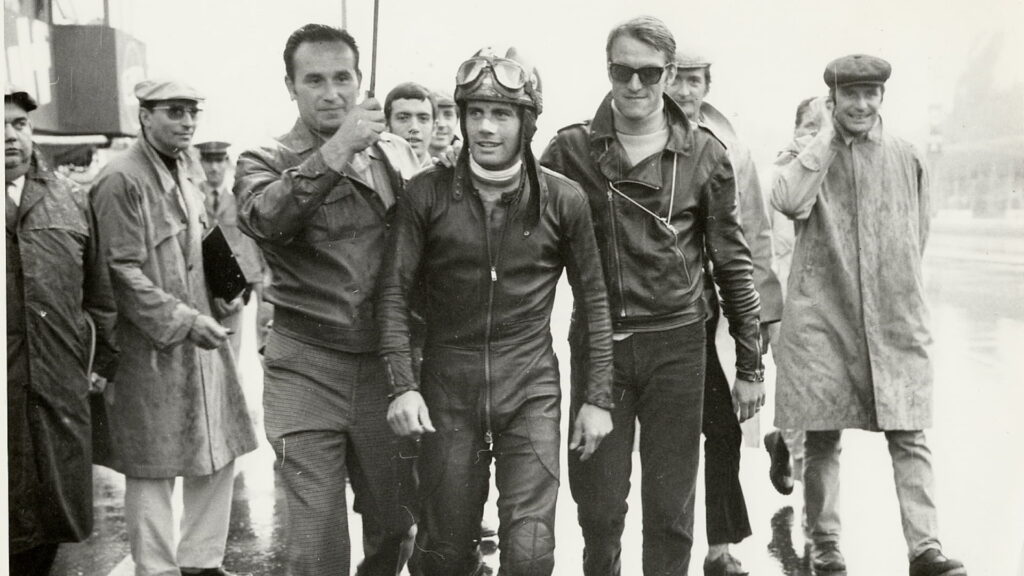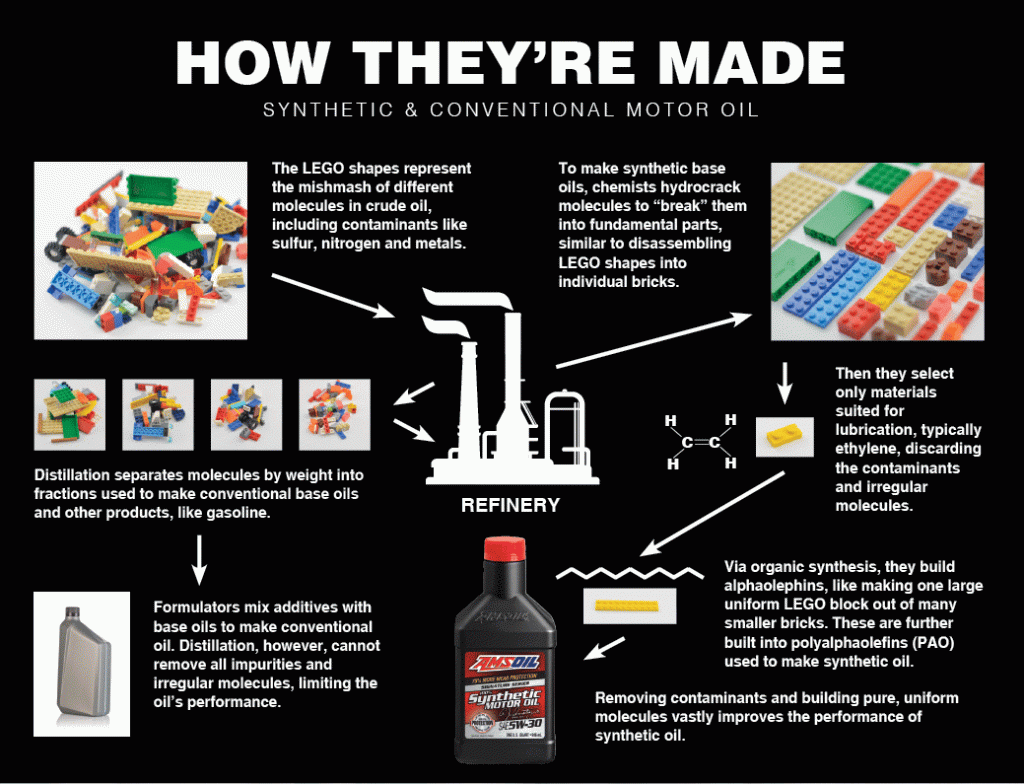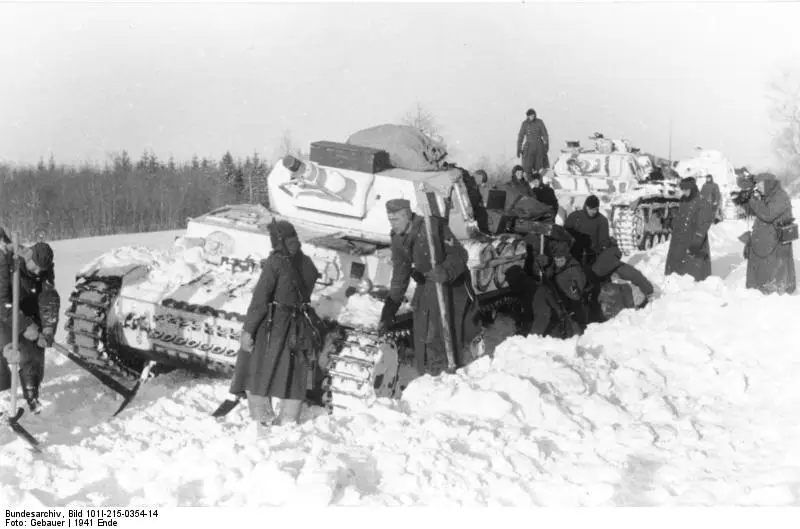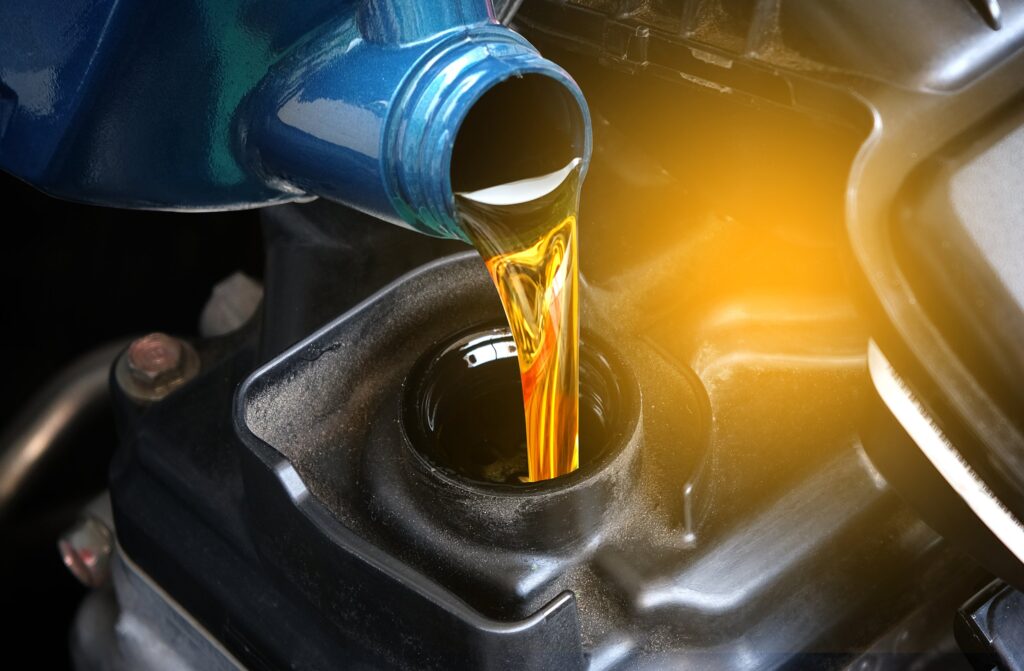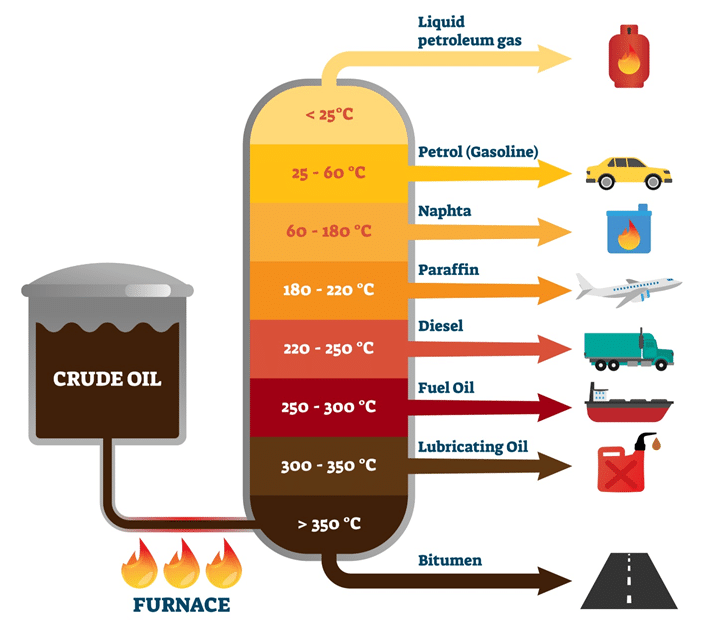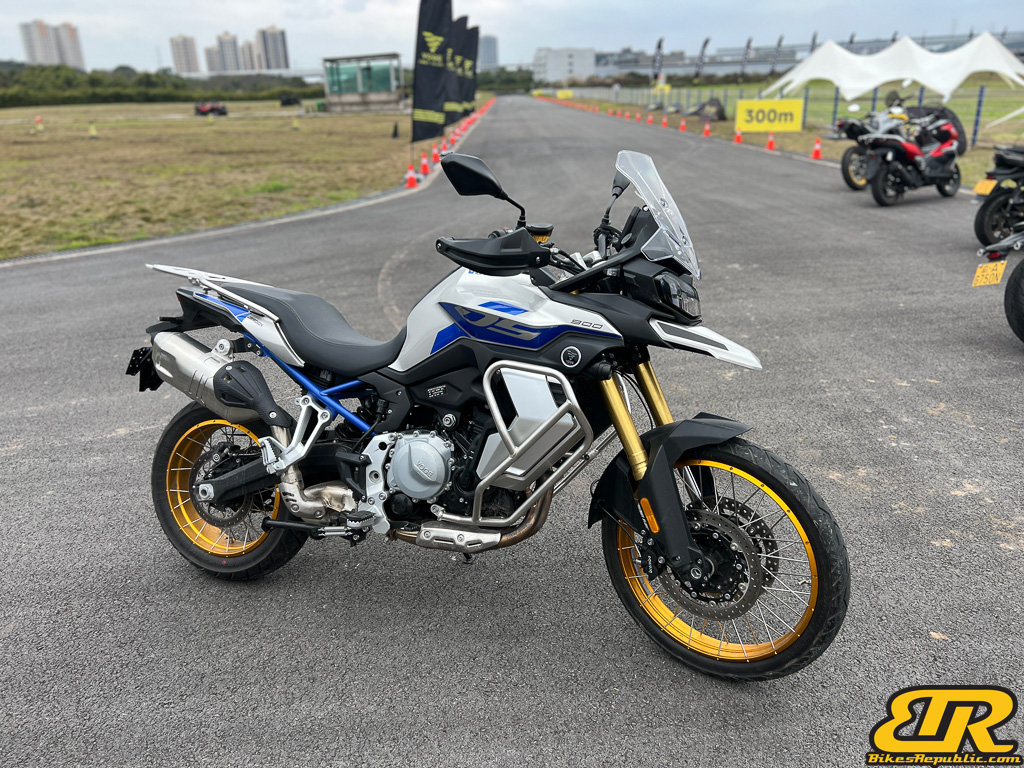Winning the Best Kapcai of the Year category for the Yamaha Y16ZR in the Allianz-BikesRepublic.com Motorcycle of the Year Awards 2025 is no easy feat.
This is a hard-fought category, chock-full of motorcycles that are truly capable, showing us just how far kapcais have come. It used to be that kapcais were just a means of getting from Points A to B, but there are so many these days that are full of great features. It is no surprise that even veteran bikers buy kapcais to get their adrenaline fix while revelling in the bike’s practicality.

Supporting this category of motorcycles is a fully mature aftermarket industry that provides all the solutions to customise one’s kapcai from bog stock to personalised, and of course, the upgrade the bikes’ performance from mild to wild.
So why did the Yamaha Y16ZR win?
Launched in 2021, the model took performance kapcai category to a new level, even overshadowing its long-running cousin, the Y15ZR, more commonly known as the YSuku.
Central to this shift is the Yamaha Y16ZR’s engine. The 155cc, liquid-cooled, SOHC with Variable Valve Actuation (VVA) powerplant produces 17.7 HP at 9,500 RPM and 14 Nm at 8,000 RPM. It remains as the only kapcai to utilise an engine with VVA, and was the first to feature a slipper and assist clutch.

Heck, this engine platform is so good that it powers another three of Yamaha’s super popular motorcycles, namely the YZF-R15/R15M sportbike, MT-15 naked bike, and the NVX scooter.
The VVA features ensures that the bike pulls hard from the lights, and continues to pull all the way to its redline. Overtaking is a breeze, too, as there is torque and power available throughout the rev range.

While there is one particularly more powerful kapcai in the market, the Y16ZR boasts a well-rounded character, in terms of performance, handling, (passable) comfort, practicality, and features. Its overall build quality is fine, too.
Last but not least, although it is not something we recommend, there are plenty of aftermarket parts and accessories to support the model.

These are the reasons why the Yamaha Y15ZR is the Best Kapcai of the Year in the Allianz-BikesRepublic.com Motorcycle of the Year Awards 2025, despite being launched 4 years ago.
What we liked: Flexible engine, sportiness, handling.
What we did not like: Seats need more cushioning.

